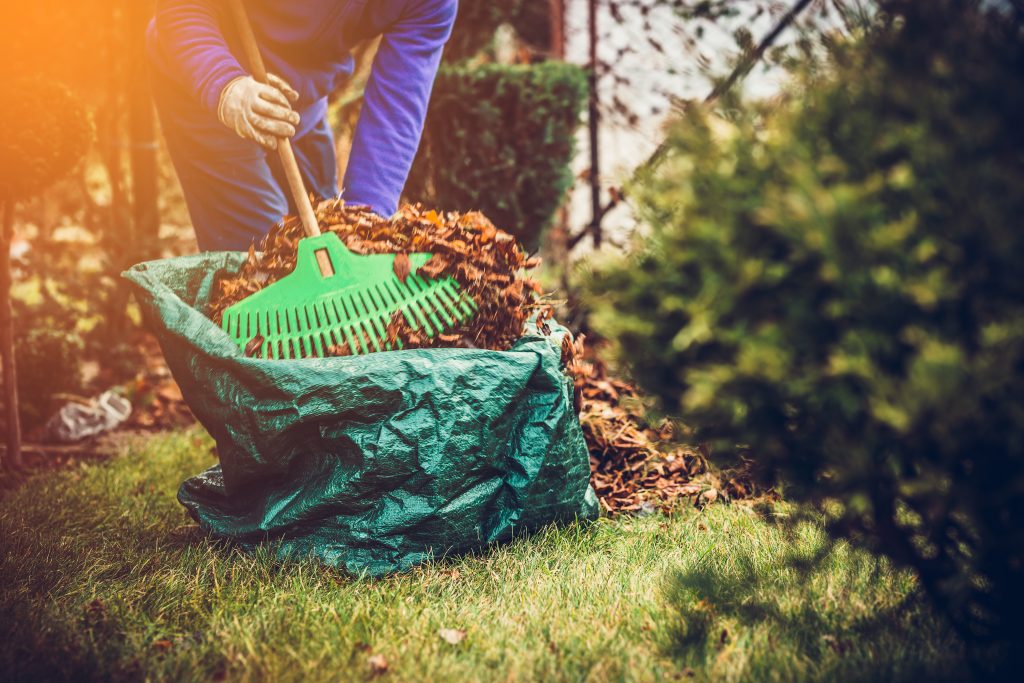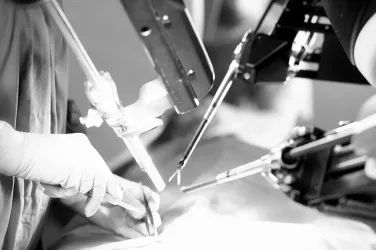
By Mimi Greenwood Knight
During spring, your yard is a different place every day as leaves return to trees, the grass renews itself, and local nurseries beckon with a rainbow of flowers to brighten your landscape. If you’re as excited as I am about the approach of spring, it’s an excellent time for a bit of prep work to get your yard springtime ready.
Start with cleaning up any leaves, twigs, or other debris that accumulated over the winter. Employ your rake and/or leaf blower to eliminate anything that can get stuck in your lawnmower or block fertilizers and other beneficial materials from absorbing into your lawn.
Hit your lawn with a combination of fertilizer to feed your grass and a pre-emergent such as Scotts Turf Builder, to prevent weeds. Follow the directions, but in general, you’ll apply it again in six to eight weeks, adding a broadleaf weed killer. It’s better to take preemptive action than try to play catch-up with weeds later. Get your mower out and start it up. If it seems sluggish, perform a tune-up, including changing the oil and air filter, replacing the spark plug, draining out and replacing leftover gasoline, and sharpening the mower blade.
It always amazes me what a fresh layer of mulch can do for a flowerbed. Along with replenishing the mulch, trim back dead branches on shrubs and replace anything that didn’t survive the winter. If there are shrubs you’ve been meaning to move, spring is the time to do it. Consider hiring a tree trimmer (about every three years) to prune away dead or dying branches on trees which can cause property damage or personal harm.
Give your garden tools a good cleaning and sterilization since remaining plant sap, dirt, or debris can harbor bacteria or fungal spores which may infect your new plantings. You can do this with a soak for about a half hour in a solution of 10% household cleaner to 90% water. Then give your tools a good coating of oil to prevent rusting.
Have the soil in your flower or veggie beds tested by your local agricultural extension service. They can diagnose your soil’s current pH and what amendments you can add to optimize your planting this season. Pull any weeds, trim any winter-killed, brown leaves from last year’s perennial flowers and divide the ones that need dividing. Unless you’re using a no-till gardening method, turn over the top six to eight inches of soil, looking for caterpillars, cutworms, or other garden pests that may have overwintered there. Raised beds may need to be topped off with more soil.
Visit a local nursery and get an idea of what annuals you might want to add, then draw up a plan of how they’ll work into your perennial landscape. Consider incorporating something new and untested with some old, faithful plants that consistently produce for you. With a little prep work this spring, your garden will be ready to provide you with beauty, fragrance, and enjoyment all summer long.
Consider an Eco-lawn
If you’ve been looking for ways to reduce your carbon footprint, remember your lawn. Whether you use a push or riding mower, your weekly summer mowing requires roughly a gallon of gas. Over the usual 32 weeks of summer mowing, that adds about 563 pounds of CO2 into our environment. Then there are the chemicals required to keep your lawn green and weed-free and the gallons of water for irrigation.
By converting to an eco-lawn, you can significantly reduce the water required, eliminate chemicals, and reduce your mowing to three or four times per summer. One way to do this is to replace your traditional grass lawn with nitrogen-producing clover, which doesn’t require fertilizer. It’s drought tolerant and can thrive and grow in full sun or partial shade. It’s also pet tolerant, a nectar source for bees, and clover flowers can be dried for tea.
Talk to your local landscape expert about the suitable clover to use for your area. Then, you can seed right over your existing grass on all or part of your lawn. The best time to seed for clover is after the last frost in spring, then water daily for two weeks and wait for your beautiful, earth-loving lawn to emerge.
If you’re serious about converting your lawn and have an HOA, check with them first.










